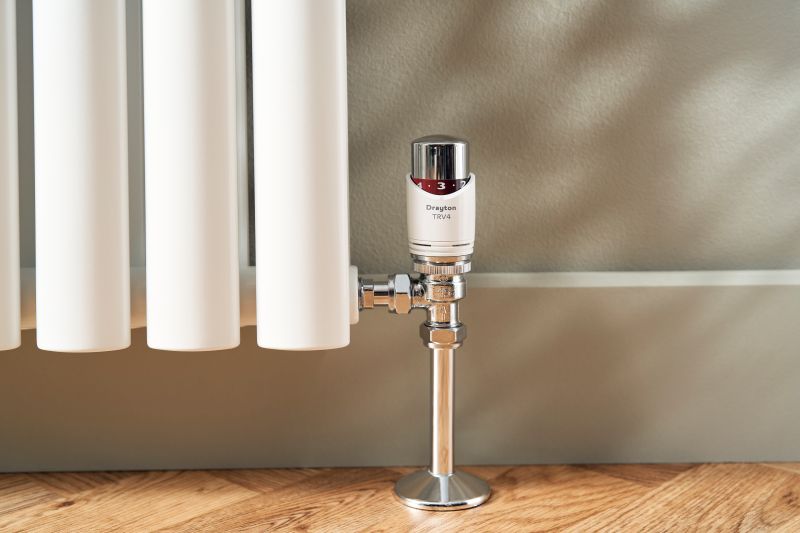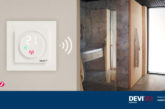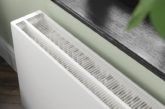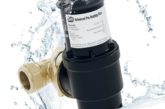
In order to ensure that each room throughout the home is properly heated, it is important that installers take time to balance the system. Merlin Milner, Product Owner for Water-based Systems at Drayton, explores how this can be achieved with auto-balancing TRVs.
Under Part L of the building regulations, when working on any replacement or new heating system you must ensure that every radiator has TRVs fitted, and that the system is commissioned to be as efficient as possible. This includes system balancing as best practice, which helps improve the overall health of a heating system while also improving efficiency. In fact, system balancing has been found to improve efficiency by 8.8%.
System balancing improves efficiency by ensuring that every radiator around the home receives the correct amount of hot water from the boiler, eliminating cold spots and heating up each room as desired.
On an unbalanced system, the radiators closest to the boiler receive a larger flow of hot water and heat up quickly, whereas the radiators further away from the boiler – perhaps upstairs or in the far corner of the property – receive a lower flow of hot water and therefore lead to cold spots forming around the home.
Consequently, an unbalanced system often tends to result in homeowners having to turn up the thermostat to try and heat all rooms to the desired level, which means higher energy consumption and increased energy bills. With comfort levels not being met, this will inevitably lead to call backs, which no installer wants.
How to balance a system
The most common way to balance a system is by using the lockshield to limit the flow rate to each radiator. However, this approach is very inaccurate, and settings can be tampered with by homeowners or decorators when isolating the radiator for removal. Historically, due to the complex and time-consuming nature of system balancing using lockshields, this step was often not carried out.
Alternatively, you may have used pre-setting TRVs, such as the Drayton TRV4, which thanks to the balancing key, allows you to balance the flow rate on the TRV valve body itself.
However, there is now auto-balancing technology available in TRVs to make this process even easier and provide permanent system balancing. This technology can be found in Drayton’s TRV4 and RT414 ranges and takes just a few minutes to set up. Here’s how it works…
Fitting the Drayton auto-balancing TRVs
1. Before fitting Drayton’s Auto-balancing TRV, you’ll need to check the output size of the radiators within the system you’re working on. If you’re fitting new radiators, this information should be readily available.
2. Once you know the output size of the radiators, refer to the setting table provided on the box of the Drayton auto-balancing TRV to select the required temperature difference across the radiator; this will then tell you the value that the valve needs to be set to.
3. Using either the Drayton balancing key or an 11mm spanner, set each auto-balancing valve to the correct setting.
4. Then, mount the valve on the radiator as per a normal valve installation.
[Always follow full manufacturer’s instructions]
If you’re working with existing radiators and aren’t sure of their output size, use Drayton’s online calculator where you can select the height, width and type of radiator you’re working with, as well as the flow temperature of the system, to find out which value the auto-balancing valve needs to be set on.












